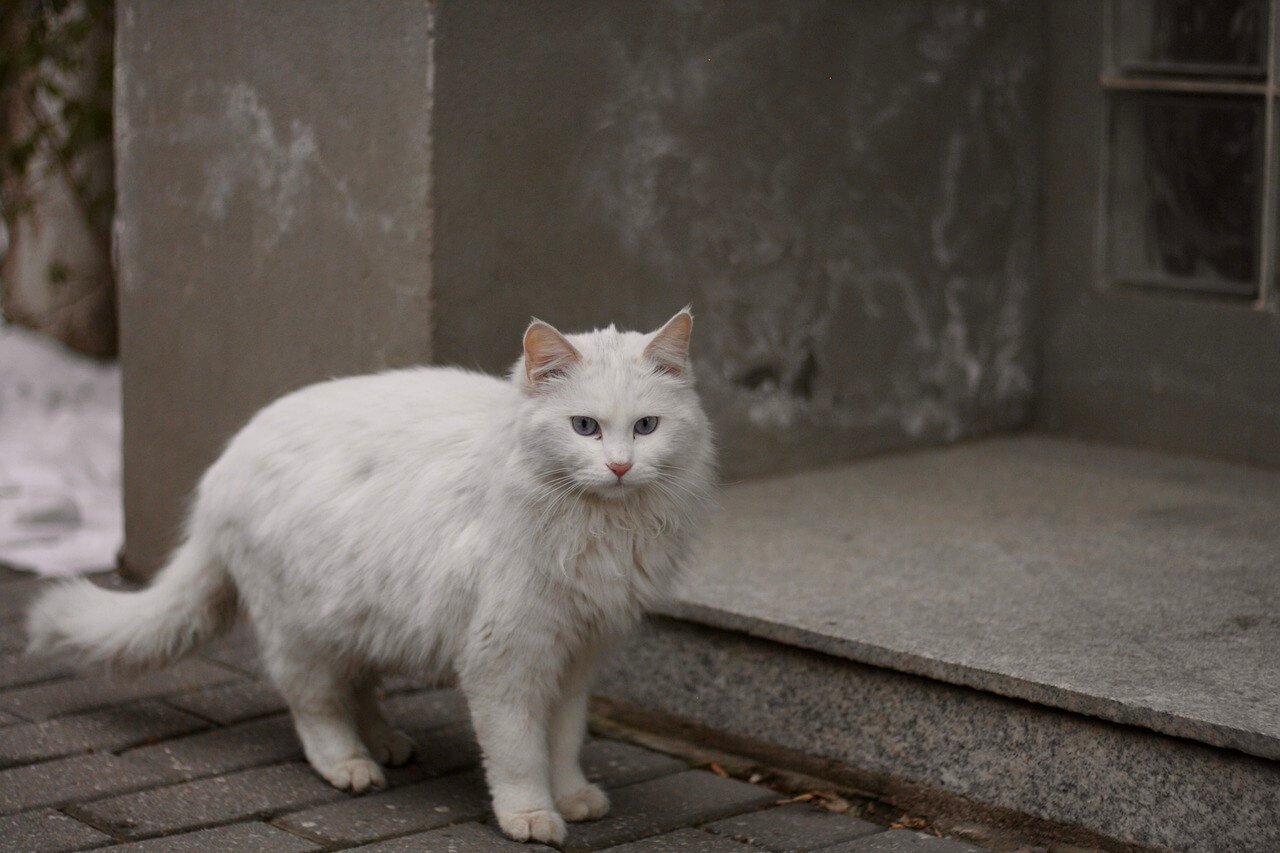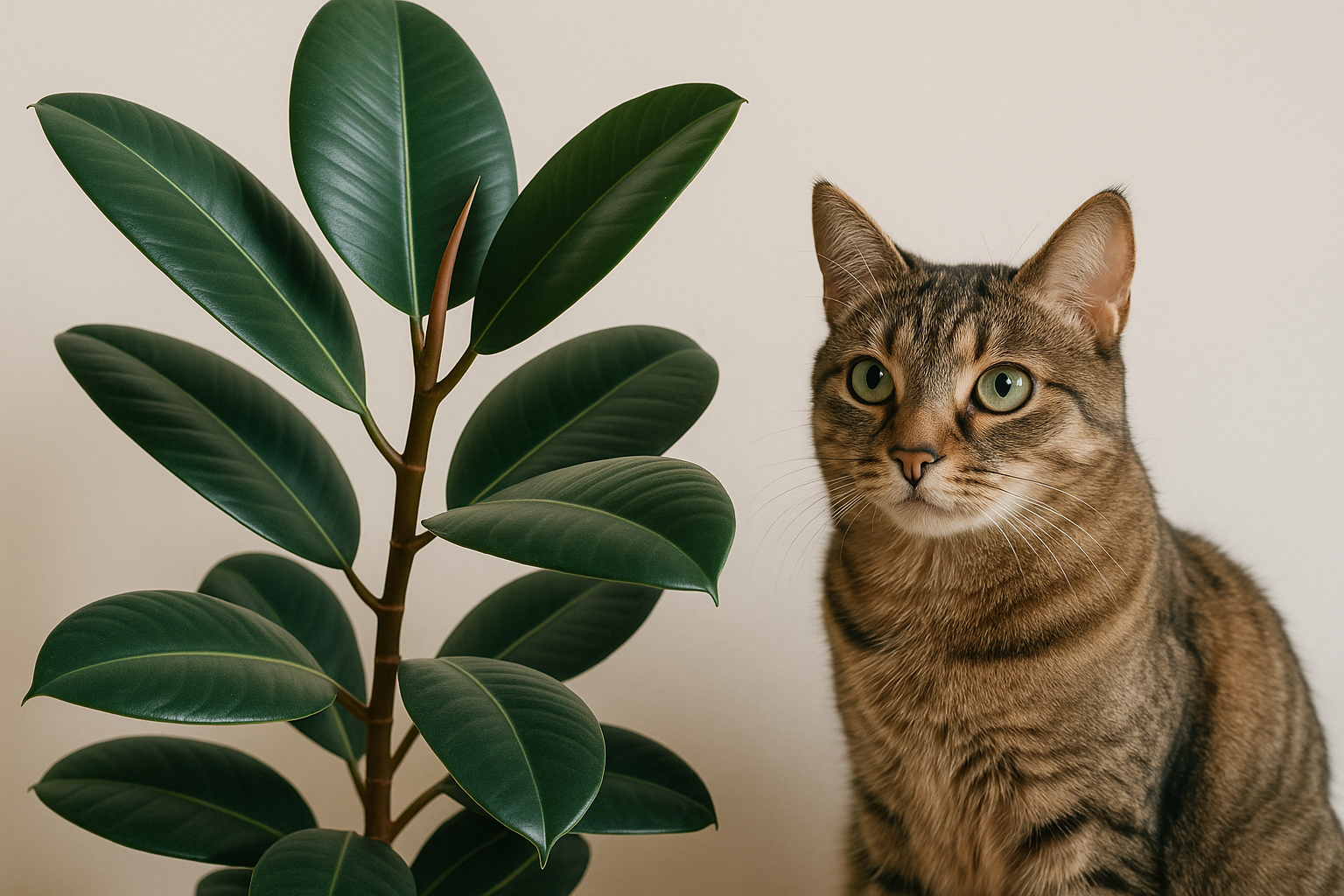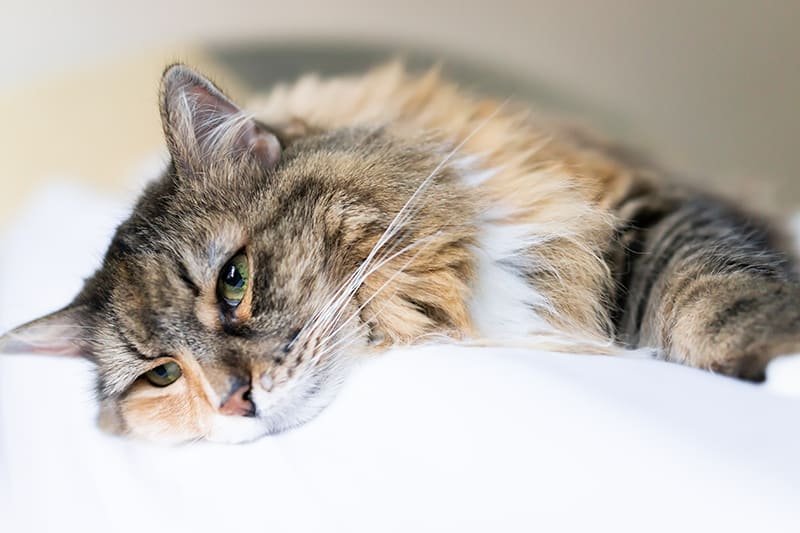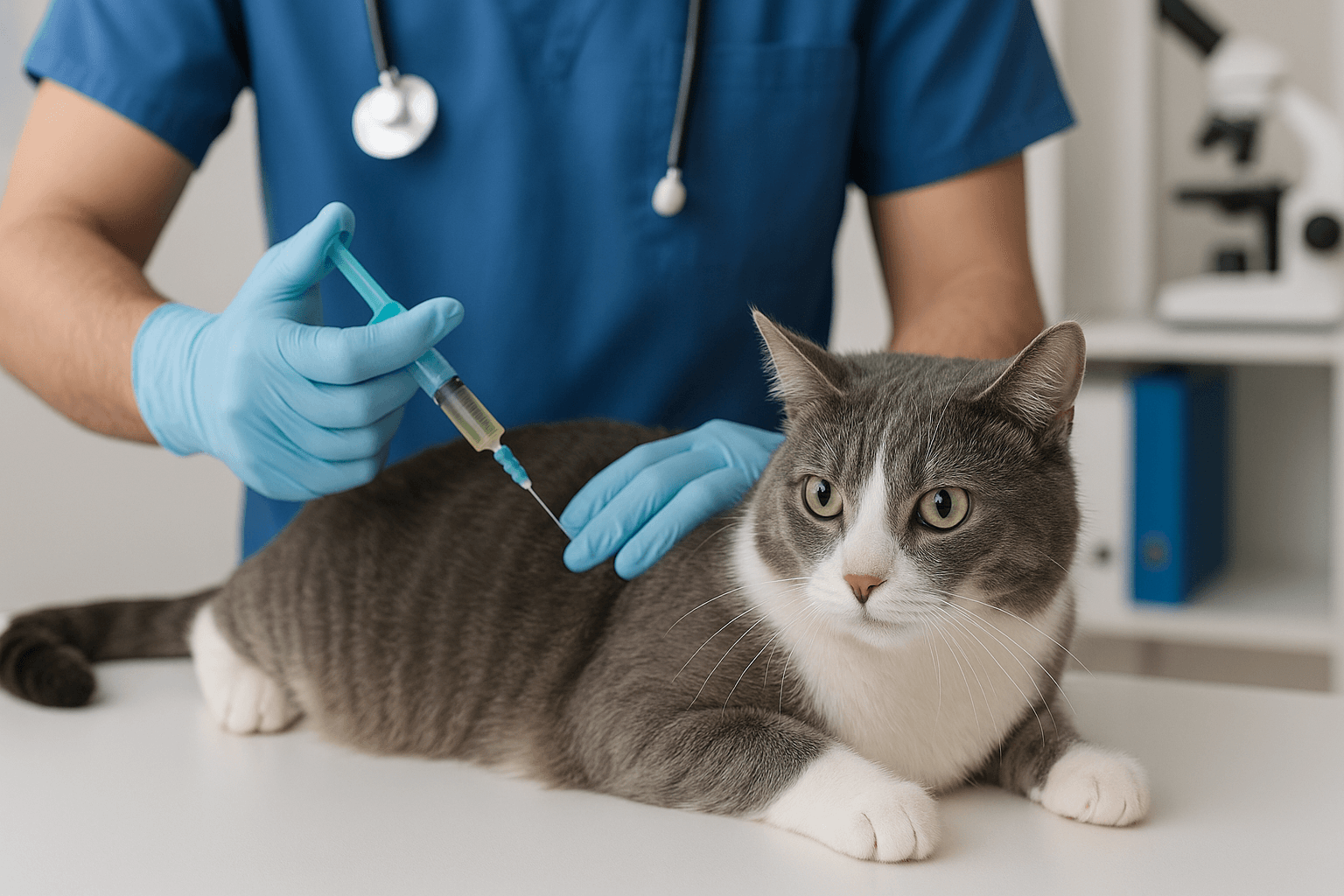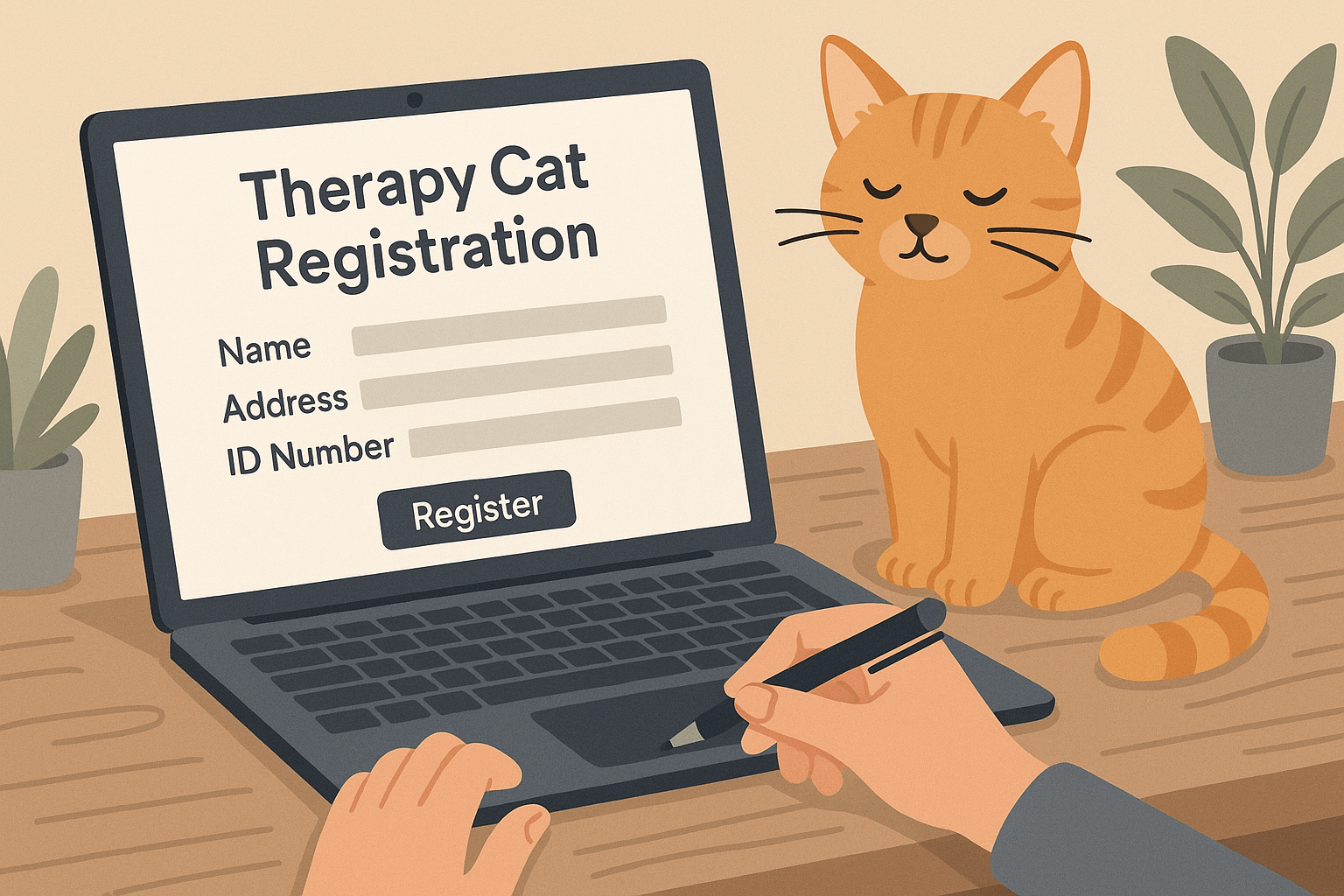How to Treat Cat Depression: A Guide to Helping Your Feline Friend
Cats are often seen as independent and self-sufficient creatures, but they can experience emotional struggles just like humans. One such issue is cat depression, a condition that can arise from various factors such as changes in their environment, loss of a companion, or underlying health problems. Recognizing the signs of depression in your cat is the first step toward helping them feel better. While it may seem challenging, treating cat depression is entirely possible with patience, care, and the right strategies. In this blog post, we’ll explore how to identify cat depression, what causes it, and most importantly, how to treat it effectively. Let’s work together to bring joy back into your feline friend’s life.
Signs of Depression in Cats
Depression in cats can manifest in subtle ways, and recognizing these signs early is crucial for addressing the issue. Here are some common behavioral and physical indicators that your cat may be feeling down:
Loss of Appetite
A sudden decrease in food intake or refusal to eat altogether can signal emotional distress.Increased Lethargy
If your cat seems unusually tired or spends most of their time sleeping, it could indicate depression.Withdrawal from Interaction
Cats experiencing depression may hide more often and avoid contact with family members.Excessive Grooming or Neglecting Grooming
Over-grooming can be a sign of stress, while neglecting grooming may indicate a lack of interest in self-care.Changes in Litter Box Habits
Depressed cats may start urinating or defecating outside the litter box due to stress or discomfort.
These symptoms should not be ignored, as they can indicate both emotional and physical issues. If you notice any of these signs, it’s important to take action promptly to support your cat’s well-being.
Common Causes of Cat Depression
Understanding the root cause of your cat’s depression is essential for finding the right treatment. Here are some common triggers that may lead to depressive behavior in cats:
Loss of a Companion
The death or absence of another pet or human family member can deeply affect a cat’s emotional state.Environmental Changes
Moving to a new home, rearranging furniture, or introducing new family members can disrupt a cat’s sense of security.Boredom or Lack of Stimulation
Cats need mental and physical stimulation; a lack of enrichment can lead to feelings of sadness and frustration.Health Issues
Underlying medical conditions, such as chronic pain or hormonal imbalances, can contribute to depression.Loneliness or Neglect
Cats that are left alone for long periods without interaction may develop feelings of isolation and sadness.
Identifying the cause of your cat’s depression can guide you in providing the appropriate care and support. Addressing the root issue is key to helping your cat recover.
Check this guide 👉Is My Cat Depressed? Best 7 Health Tips!
Check this guide 👉Cat Depression After a New Kitten: Best 7 Expert Tips!
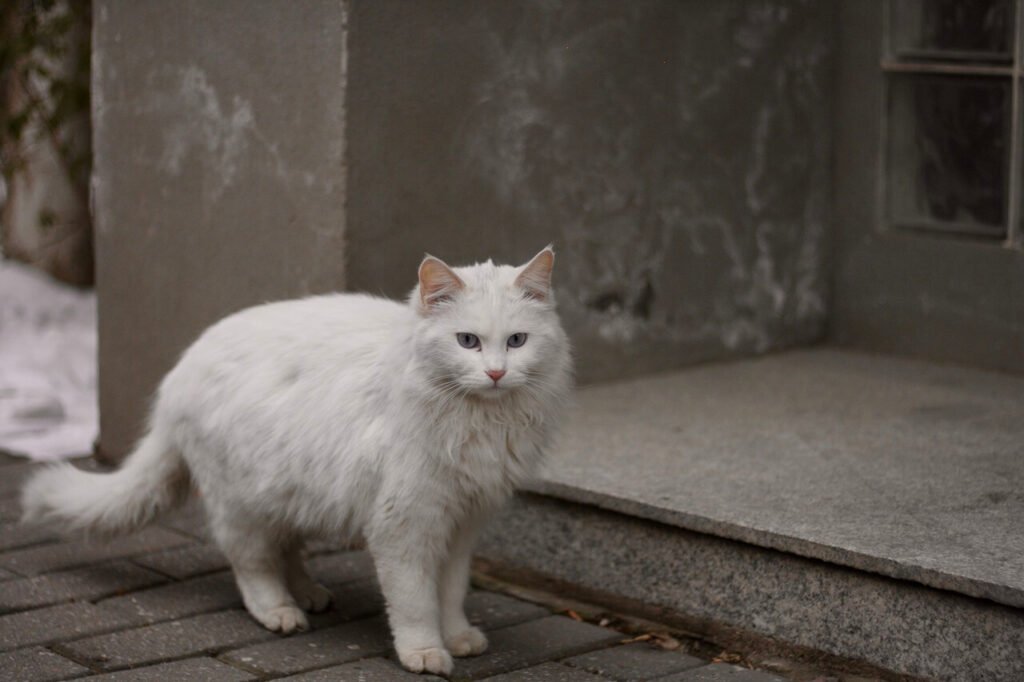
Signs of Cat Depression | Ways to Help Your Depressed Cat |
|---|---|
Loss of appetite | Offer favorite treats or wet food |
Increased lethargy | Encourage gentle play with interactive toys |
Withdrawal from interaction | Spend quality time bonding with your cat |
Excessive grooming or neglect | Provide calming grooming tools or baths |
Changes in litter box habits | Ensure a clean and accessible litter box |
Tips for Treating Cat Depression
Helping your cat overcome depression requires a combination of environmental adjustments, emotional support, and sometimes professional intervention. Here are some practical steps you can take:
Create a Safe and Comfortable Environment
Ensure your cat has a quiet, cozy space where they feel secure and free from stress.Stick to a Routine
Cats thrive on predictability; maintaining a consistent feeding, play, and sleep schedule can provide stability.Engage in Playtime
Interactive toys, laser pointers, or feather wands can stimulate your cat’s natural hunting instincts and boost their mood.Provide Mental Stimulation
Puzzle feeders, treat-dispensing toys, or window perches can keep your cat entertained and engaged.Spend Quality Time Together
Gentle petting, brushing, or simply sitting with your cat can strengthen your bond and reassure them.
By implementing these strategies, you can help lift your cat’s spirits and encourage them to return to their happy, playful self. Consistency and patience are key during this process.
When to Seek Professional Help for Your Cat
While many cases of cat depression can be managed at home, there are times when professional assistance is necessary. Knowing when to seek help ensures your cat receives the care they need. Here are some situations that warrant a visit to the vet or a feline behaviorist:
Persistent Symptoms
If your cat’s depressive behavior lasts for more than a week despite your efforts, it’s time to consult a professional.Sudden Behavioral Changes
Drastic shifts in behavior, such as aggression or extreme withdrawal, may indicate an underlying issue.Physical Health Concerns
Symptoms like weight loss, vomiting, or lethargy could point to a medical condition requiring diagnosis and treatment.Difficulty Eating or Drinking
Refusal to eat or drink for more than 24 hours is a serious concern that needs immediate attention.Unresolved Grief
If your cat is grieving the loss of a companion and showing no improvement, a behaviorist can offer specialized guidance.
Reaching out to experts can provide clarity and solutions tailored to your cat’s specific needs. Don’t hesitate to seek help if you’re unsure about your cat’s condition.
Fun Activities to Boost Your Cat’s Mood
Engaging your cat in fun and stimulating activities can significantly improve their mood and help combat depression. Here are some ideas to keep your feline friend entertained and happy:
Interactive Play Sessions
Use toys like wand teasers or laser pointers to encourage chasing, pouncing, and jumping.DIY Puzzle Toys
Create homemade puzzle feeders using cardboard boxes or toilet paper rolls to challenge your cat’s problem-solving skills.Window Perches for Bird Watching
Install a cozy perch by the window so your cat can enjoy watching birds and outdoor activity.Catnip and Herbs
Offer catnip or silver vine as a natural way to stimulate playfulness and relaxation.Hiding Treats Around the House
Hide small treats or kibble in different spots to encourage exploration and mental stimulation.
These activities not only lift your cat’s spirits but also strengthen your bond with them. A little creativity goes a long way in keeping your cat engaged and content.
Signs That Your Cat Is Feeling Better
As you work to treat your cat’s depression, it’s important to recognize signs of improvement to know your efforts are paying off. Here are some positive indicators that your cat is on the road to recovery:
Increased Appetite
A return to normal eating habits shows that your cat is regaining interest in their surroundings.More Playful Behavior
If your cat starts initiating play or showing curiosity about toys, it’s a great sign they’re feeling better.Improved Grooming Habits
Regular self-grooming indicates your cat is taking pride in their appearance again.Social Interaction
Seeking attention or cuddling with family members suggests emotional healing.Exploration of Their Environment
Cats who begin exploring rooms or climbing furniture are rediscovering their confidence.
These signs are encouraging and show that your care routine is making a difference. Celebrate these milestones and continue providing love and support.
Common Misconceptions About Cat Depression
There are several misconceptions about cat depression that can lead to misunderstandings or delayed treatment. Clearing up these myths can help you address the issue more effectively. Here are some common misconceptions and the truth behind them:
Myth: Cats don’t have emotions like humans.
In reality, cats experience a wide range of emotions, including sadness, grief, and anxiety.Myth: Depression in cats will go away on its own.
Without intervention, depression may worsen or lead to other health issues.Myth: Only older cats get depressed.
Cats of all ages can experience depression due to environmental changes or stressors.Myth: Medication is always necessary for treatment.
Many cases of cat depression can be resolved through environmental enrichment and behavioral adjustments.Myth: Cats act out of spite when they’re depressed.
Behavioral changes in depressed cats are usually a cry for help, not intentional misbehavior.
By dispelling these myths, you can take a proactive approach to understanding and treating your cat’s depression. Knowledge empowers you to provide the best care possible.
Frequently Asked Questions About Treating Cat Depression
Can cats really get depressed?
Yes, cats can experience depression due to changes in their environment, loss of a companion, or health issues.
How long does cat depression last?
The duration varies depending on the cause and treatment; with proper care, most cats recover within a few weeks.
Can I use medication to treat my cat’s depression?
Medication may be prescribed by a veterinarian in severe cases, but it’s typically combined with behavioral and environmental changes.
What toys are best for a depressed cat?
Interactive toys like laser pointers, feather wands, and puzzle feeders can engage your cat and improve their mood.
How can I comfort a grieving cat?
Spend extra time with your cat, maintain routines, and consider using calming products like pheromone diffusers.
Restoring Joy to Your Feline Friend
Treating cat depression requires patience, understanding, and a willingness to adapt to your cat’s needs. By recognizing the signs, addressing the root cause, and providing plenty of love and support, you can help your furry companion regain their zest for life. Remember, every cat is unique, and what works for one may not work for another—so don’t be afraid to experiment with different strategies. If you ever feel unsure or overwhelmed, reaching out to a veterinarian or feline behaviorist can provide valuable guidance. With time and care, your cat will once again find happiness and thrive in their environment. After all, a content cat makes for a joyful home!
Is the Rubber Tree Cat Safe? Best 7 Expert Tips! Discover expert advice on keeping rubber plants safely in cat-friendly homes and learn top tips for pet-safe plant care.
Low Red Blood Cell Count in Cats: Best 7 Expert Tips! Discover causes, symptoms, and treatment options for feline anemia. Learn how to support your cat’s health effectively with expert advice.
Understanding Megacolon Treatment: Best 7 Expert Tips! Discover effective strategies to manage feline megacolon, from dietary changes to surgical options, ensuring your cat’s comfort and long-term health.
How to Register a Therapy Cat: Best 7 Expert Tips! Discover essential steps to certify your cat as a therapy animal, prepare them for training, and make a meaningful impact in therapeutic settings.

